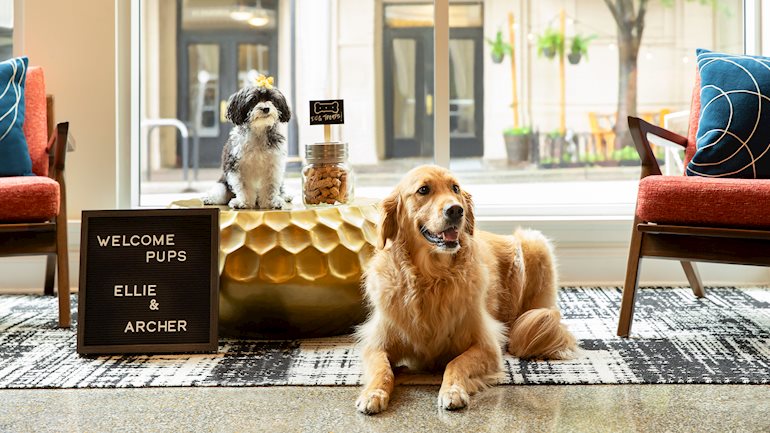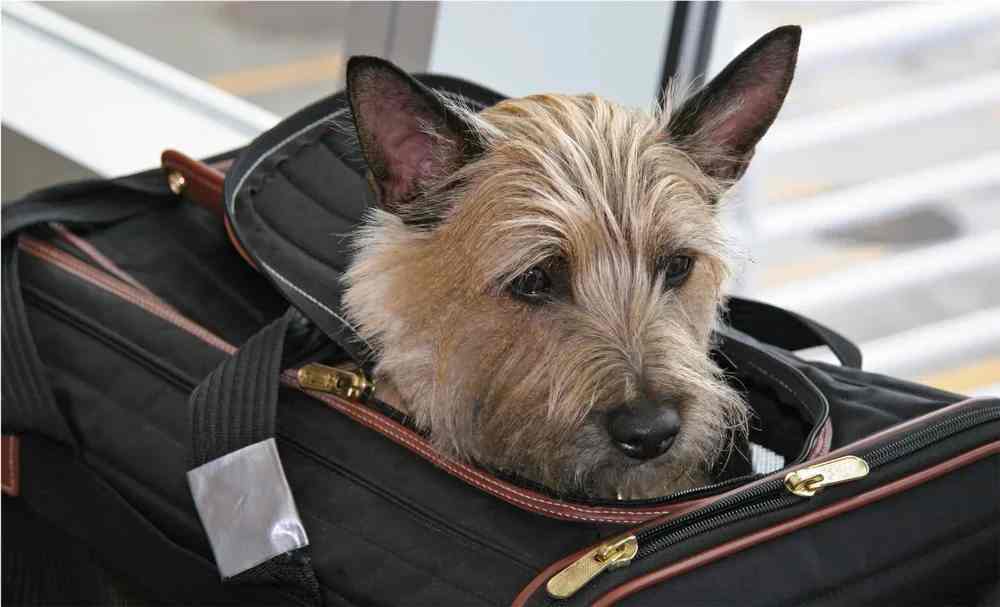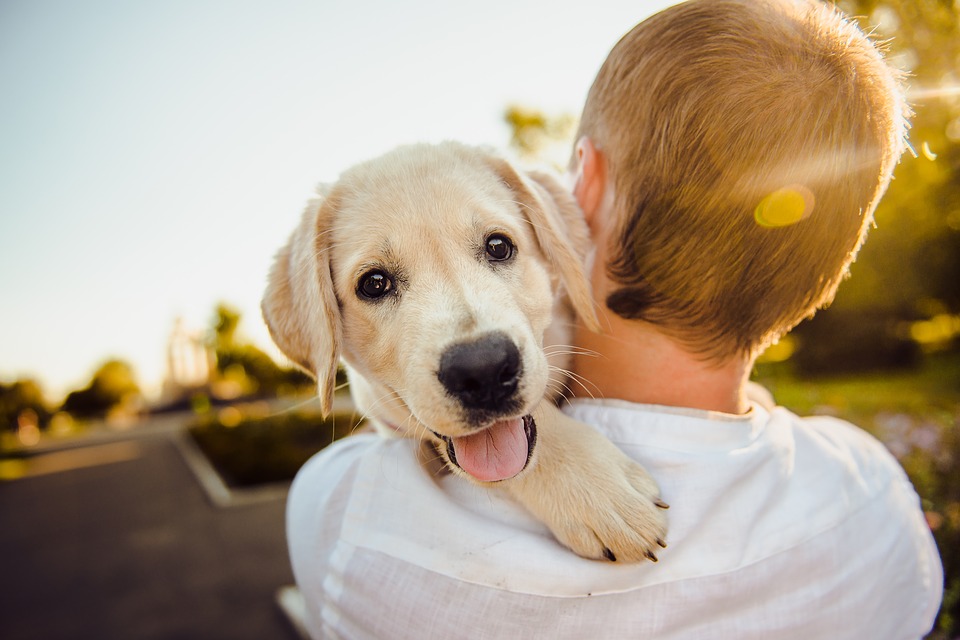Traveling with pets can be both rewarding and challenging. Managing the logistics of multiple furry companions requires careful planning and consideration of their individual needs.
Ultimate Tips for Traveling with Pets:
Research and Plan
Different airlines and modes of transportation have varying rules and regulations regarding pet travel. Research and plan well in advance to understand the requirements and restrictions. Some transportation options may limit the number or type of pets allowed.
Each passenger typically is allowed to travel with only one container in the cabin. The maximum permitted weight for a pet, combined with its container, is usually eight 8 kilos (about 17.6 pounds).
If you wish to travel with more pets (2 or 3 depending on the airline) in the cabin, they must be of the same species, familiar with each other, and carried within the same container. They should also not exceed the maximum weight of eight 8 kilos (including their container).
Visit the Vet
Schedule a visit to the veterinarian before traveling with pets to ensure that all your pets are healthy and up-to-date on vaccinations. Some destinations require health certificates or specific vaccinations. Ensure each pet has proper identification, including a collar with an updated tag and a microchip. In case they get lost during the journey, this will increase the chances of a safe return.

Choose Pet-Friendly Accommodations
If your journey involves overnight stays, choose pet-friendly accommodations. Some hotel chains are known for being pet-friendly. Examples include Marriott, Hilton, and InterContinental. Check their policies and book directly through their websites or reservation lines. Look for detailed information on the accommodation’s website or contact them directly to understand their pet policies. Check for restrictions on pet size, breed, and the number of pets allowed.
Explore booking platforms that specialize in pet-friendly accommodations, such as BringFido, Pet-friendly Hotels, or Airbnb (which allows hosts to specify their pet policies).
Read reviews from other pet owners who have stayed at the accommodation. Their experiences can provide insights into the pet-friendly atmosphere and any potential issues. Ask about pet-specific amenities, such as pet beds, food bowls, and designated pet areas. Some places go the extra mile to make pets feel welcome.
Use Appropriate Carriers for Pet Travel
For air travel or long car rides, provide each pet with a secure and well-ventilated carrier. The carrier should be large enough for the pet to stand, turn around, and lie down comfortably. The carrier for the cabin must be soft, bite-proof, and leak-proof. Some airlines accept plastic kennels for cabins too.
The container should be stored under the seat, check with the airline you will fly the size of the container as there is a difference from one airline to another. The size also depends on the type of aircraft you fly. Make sure that the type of the aircraft is the same if you have a connected flight before traveling with pets.
Regular Breaks
If traveling by car, plan regular breaks to allow pets to stretch their legs, relieve themselves, and stay hydrated. Bring water and snacks for them, and never leave pets unattended in a parked vehicle. If traveling by plane, find a calm corner at the airport to stay with your pet, and use pet toilets or disabled toilets if there is no other option.
Temperature Control
Extreme temperatures can be harmful to pets. Traveling with a pet in the summer requires extra attention to their well-being due to the potential for high temperatures. Here are some tips to ensure a safe and comfortable journey:
- Hydration is Key: Ensure your pet stays well-hydrated throughout the trip. Bring plenty of water and a portable bowl, and offer water regularly, especially during breaks.
- Avoid Peak Heat Hours: Plan your travel during the cooler parts of the day, typically early morning or late evening. Avoid traveling during the hottest hours of the day to prevent heat-related issues.
- Ventilation in the Carrier: If your pet is in a carrier, make sure it is well-ventilated. Good airflow is essential to prevent overheating.
- Never Leave Pets Unattended in a Vehicle: Temperatures inside a parked car can rise rapidly, even with windows cracked. Never leave your pet unattended in a vehicle, as this can lead to heatstroke.
- Cooling Products: Consider using cooling pads or vests for your pet, especially if they are traveling in a carrier or confined space. These products can help regulate their body temperature.
- Protective Paw Measures: Hot pavement or sand can burn your pet’s paw pads. Walk them in shaded areas and use paw wax or pet booties to protect their feet.
- Sunscreen for Pets: If your pet has exposed areas of skin, such as the nose and ears, consider applying pet-friendly sunscreen to protect them from harmful UV rays.
- Know the Signs of Overheating: Be aware of the signs of overheating in pets, including excessive panting, drooling, lethargy, and disorientation. If you notice these signs, take immediate steps to cool your pet down.
Stress Management
Traveling with pets can be stressful for both pets and their owners. There are several measures you can take to help alleviate their anxiety and ensure a more comfortable journey:
- Familiarity with Carrier: If your pet will be traveling in a carrier, make sure they are familiar with it before the trip. Allow them to explore and spend time in the carrier at home, associating it with positive experiences.
- Gradual Introduction to Pet Travel: If your pet is not accustomed to traveling, start with short trips to get them used to the car or carrier. Gradually increase the duration of these outings to help them acclimate.
- Comfort Items: Bring familiar items such as their favorite blanket, toy, or bedding. Having familiar scents can provide comfort and reassurance during the journey.
- Calming Pheromones: Consider using pet-specific calming pheromone products for traveling with pets, such as sprays or diffusers, in the travel environment. These can help create a calming atmosphere for your pet.
- Quiet Environment: Minimize loud noises and create a quiet environment for your pet during travel. This can be achieved by playing soft music or using noise-canceling headphones for them.
- Positive Associations: Associate the travel experience with positive reinforcement. Offer treats, praise, and affection before, during, and after the journey to create positive associations with the travel process.
- Pre-travel Exercise: Engage your pet in physical activity before the journey to help release excess energy. A tired pet is likely to be calmer during travel.
- Talk to Your Vet: Consult with your veterinarian before the trip. They may provide advice on specific stress-relief measures, recommend calming supplements, or even prescribe medications if necessary.
- Trial Runs: If possible, conduct trial runs of the travel routine. For example, practice putting your pet in the carrier or taking short drives to simulate the travel experience.
- Stay Calm and Reassuring: Pets can pick up on their owner’s emotions, so try to remain calm and reassuring. Speak to your pet in a soothing tone and offer comfort when needed.
By incorporating these stress-relief strategies, you can help your pet feel more at ease during travel and create a more positive experience for them. Every pet is unique, so it may take some experimentation to find the combination of techniques that works best for your companion.

Emergency Kit for Traveling with Pets
Pack a pet emergency kit with essential items such as medications, first aid supplies, and contact information for local veterinarians at your destination.
Here’s a list of items to include in your pet’s travel emergency kit:
- Pet First Aid Kit:
- Sterile gauze pads and bandages
- Adhesive tape
- Antiseptic wipes or solution
- Tweezers and scissors
- Instant cold pack
- Digital thermometer
- Styptic powder to stop bleeding from minor cuts
- Medical Records:
- Copies of your pet’s medical records, including vaccinations and recent health check-ups
- Contact information for your veterinarian and any emergency veterinary services at your destination
- Prescription Medications:
- If your pet is on any medications, bring a sufficient supply for the duration of the trip
- Include any necessary prescription details and instructions
- Hydration and Feeding:
- Portable water and food bowls (find collapsable special for traveling with pets)
- Enough of your pet’s regular food for the entire trip
- Extra water in case of unexpected delays or emergencies
- Leash and Harness:
- Ensure you have a sturdy leash and harness for walks and to secure your pet during travel stops
- Waste Disposal:
- Waste bags for cleaning up after your pet
- Puppy pads or disposable liners for crates, if applicable
- Cleaning Supplies:
- Pet-safe disinfectant wipes
- Towels or paper towels for cleaning up messes
- Plastic bags for waste disposal
- Portable Shelter:
- If traveling by car, consider a collapsible tent or pop-up shade for outdoor breaks
- A portable crate or carrier if your pet is used to having a designated space
- Pet Insurance Information:
- Details of your pet’s insurance policy, if applicable
- Emergency contact information for the insurance provider
Remember to customize the kit based on your pet’s specific needs, and regularly check and update the items to ensure they are in good condition and within their expiration dates. Having a well-prepared emergency kit can provide peace of mind and ensure that you are ready to address any unexpected situations during your travels with your pet.
By taking these precautions and planning, you can make traveling with pets a more enjoyable experience for everyone involved.









